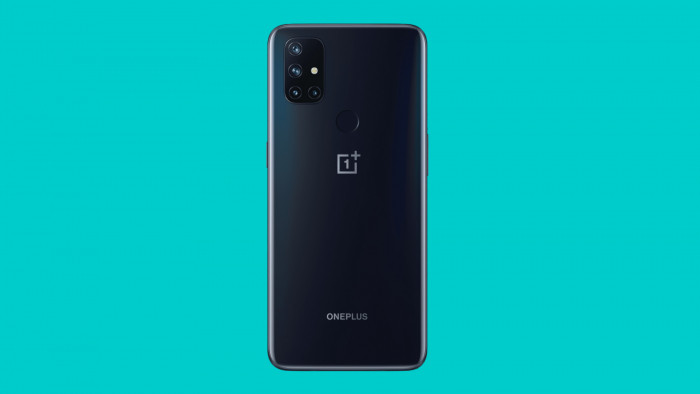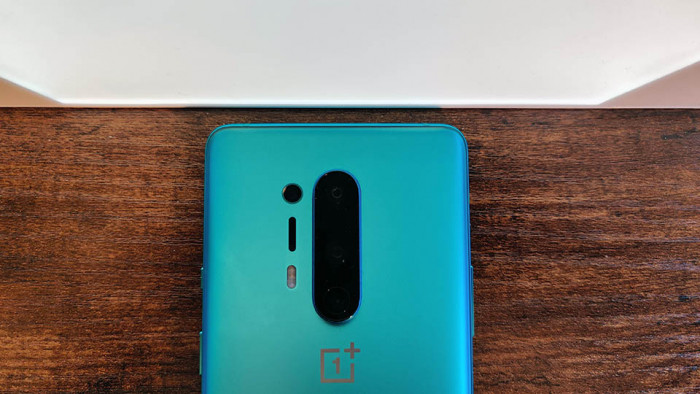In the future, damaged human hearts might be rebuilt with spinach leaves
We've always known spinach is good for your muscles, but... not like this


A team of American scientists are using spinach leaves to built human heart tissue – and it’s actually working.
As scholars know from the work of the pioneering cartoon nutritionist Popeye, spinach is good for building rapid muscle growth if, for instance, you need to protect your girlfriend from a hairy local bully, but this breakthrough is a bit more subtle.
We can more or less 3D-print functional human tissue, but one of the unsolved problems with the technique is that we can’t seem to build all the tiny blood vessels and capillaries that are needed to ferry the blood in to make it work, as they’re often too small and fiddly to create. So these scientists have turned to spinach leaves, which have tiny networks of veins of their own, because cellulose, the substance they’re mostly made of, is kind of biocompatible with human tissue.

“The main limiting factor for tissue engineering is the lack of a vascular network,” said Joshua Gershlak, a graduate student who co-authored the study. “Without that vascular network, you get a lot of tissue death.”
Tissue death is the opposite of what we want here.
Firstly, they had to get rid of the rest of the leaf, which they did by pumping detergent through it, to leave only the cellulose network of veins. They then grafted human heart cells onto what was left, and attempted to feed them through the spinach’s veins. It worked, but we’re still years away from anyone having a heart made out of a plant, as it’s not as simple as sticking a few leaves over a hole in someone’s heart and hoping blood will trickle through.
Eventually, however, the researchers hope they will be able to rebuild the damaged muscle tissue in people who have survived heart attacks, using repurposed leaf veins to deliver oxygen via blood cells, and encourage the regrowth of other tissue. They also reckon that the method could be used with other plants on other body tissues, like using wood cells to regenerate human bones.
“We have a lot more work to do, but so far this is very promising,” said co-author Glenn Gaudette. “Adapting abundant plants that farmers have been cultivating for thousands of years for use in tissue engineering could solve a host of problems limiting the field.”
Latest
Related Reviews and Shortlists









